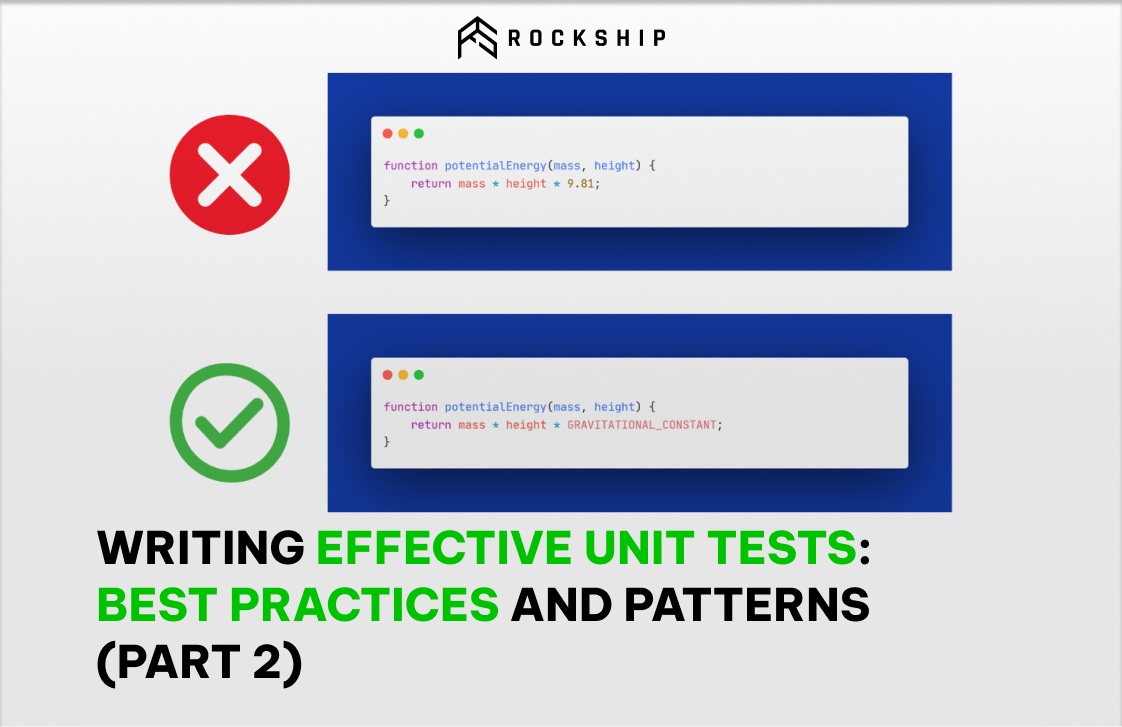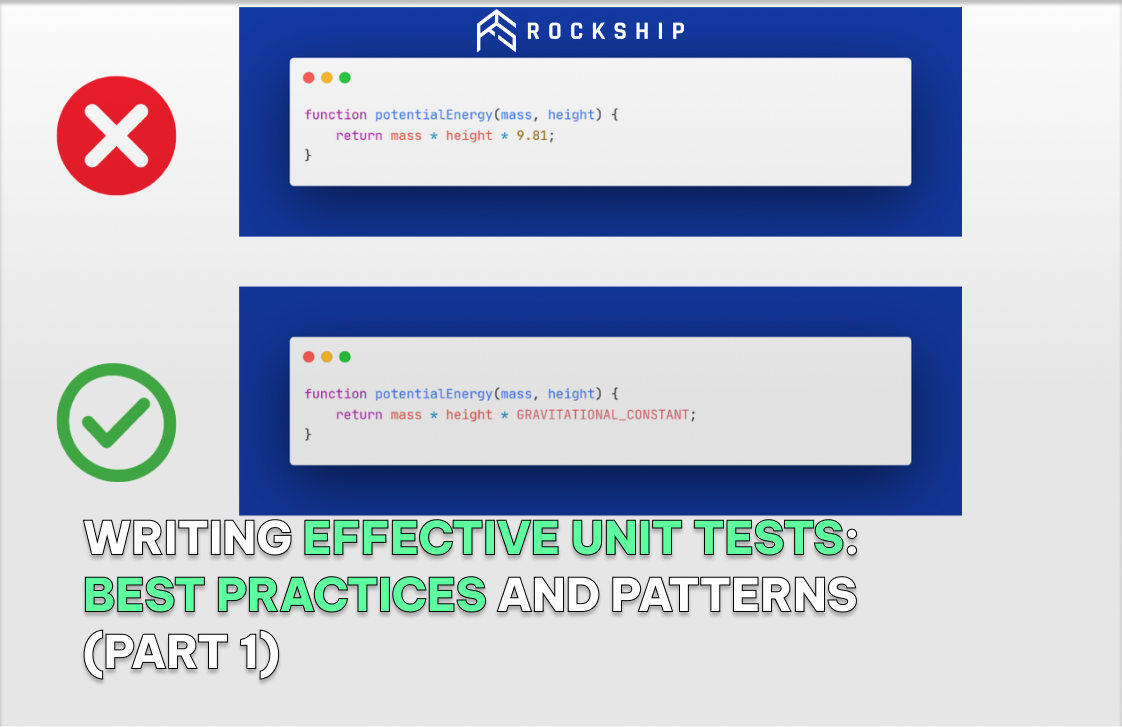Moya is an open-source library built on top of Alamofire that makes networking simple in your iOS apps. By providing a clean and simple API, Moya handles many of the mundane tasks of making API calls so you can focus on the important parts of your app.
In this article, you'll learn how to leverage Moya in your own iOS apps to simplify your networking layer. You'll see how easy Moya makes tasks like defining endpoints, making API calls, handling errors, and caching responses. By the end, you'll be ready to take your networking layer to the next level with Moya.
What Is Moya and Why Use It?
Moya is a networking abstraction layer in Swift. It allows you to simplify network requests in your iOS and macOS apps.
Why use Moya over the native URLSession? Moya handles many of the small but important details of making network requests. It:
- Defines a type-safe enum for your endpoints. This allows for easy refactoring if endpoints change in the future.
- Creates a base URL for you from a string. No more hardcoded URLs!
- Allows you to set default headers for all requests.
- Has built-in JSON mapping using the Codable protocol.
- Supports uploading and downloading files.
- Has stubbing support for testing.
- And much more!
To get started with Moya, define an enum with cases for each of your endpoints:
Then create a MoyaProvider:
Finally, make requests through the provider:
Moya takes care of constructing the URL from the enum case, setting the method (GET, POST, etc.), encoding parameters, handling errors, and more. Using Moya can help make your networking code cleaner and more maintainable.
Configuring Moya for Your Needs
To configure Moya for your needs, there are a few key steps to take:
- Define your endpoints. Create an enum with a case for each API endpoint. For example:
- Create a provider. The provider is responsible for creating the requests. You pass it the endpoint enum you defined, and it will return a request for each endpoint. For example:
- Define request mapping. Create a type that conforms to TargetType to define how requests are made for each endpoint. For example:
- Make requests. Use the provider to make requests to your endpoints. For example:
By following these steps, you can configure Moya to suit the networking needs of your mobile application. Moya makes it simple to define endpoints, create providers, and make requests to access your API. With a customizable and extensible architecture, Moya is a solid choice for your app's networking layer.
Making Network Requests With Moya
To make network requests in your mobile app using Moya, follow these steps:
Define a Provider
First, you'll need to define a MoyaProvider. This handles the network connections and caching for you. You'll pass it a list of endpoints, which represent the URLs of your API.
Create a Target
Next, create a Target for the specific API endpoint you want to request. This will contain the URL and method (GET, POST, etc.).
Make a Request
Now you can make a request to that target using the provider. Call the request method, passing the target.
Parse the Response
Use a JSON decoding library like Decodable to parse the JSON response into a Swift model.
Add Plugins (Optional)
Moya supports plugins to customize its behavior. Some useful plugins include:
- NetworkLoggerPlugin: Logs network requests to the console. Helpful for debugging.
- CachePolicyPlugin: Handles caching responses.
- Request Retrier: Retries failed requests.
You can add multiple plugins to a single provider. Plugins are a great way to extend Moya's functionality for your needs.
Leveraging a library like Moya can help simplify your mobile app's networking layer. By defining targets, making requests, and parsing responses, you'll be up and running with a robust API client in no time. Let me know if you have any other questions!
Handling Responses With Moya
Handling Success Responses
When a request to the Moya API results in a successful response, Moya will return the data in the success closure. This data will be in the form of the Response object.
To access the returned JSON data, call response.data on the Response. For example:
This will decode the JSON data into a User model object which you can then use in your app.
Handling Failure Responses
In the event of an unsuccessful response from the API, Moya will return the error in the failure closure. This will be in the form of an Error type.
It is a good idea to handle potential failures from the API. You can match on the Error to determine the cause and take appropriate action. For example:
This covers some of the common errors you may encounter, including issues with the URL, JSON decoding, request mapping, and response validation. Handling the errors appropriately will make your app more robust and user-friendly.
FAQ
What is Moya?
Moya is a networking abstraction layer written in Swift. It allows you to standardize and simplify the networking layer of your iOS or macOS application.
Why should I use Moya?
There are a few key benefits to using Moya in your app:
- Cleaner code: Moya abstracts away many of the repetitive tasks of making network requests like constructing URLs, encoding parameters, etc. This leads to cleaner, more readable code.
- Easier testing: Moya's network abstraction makes it simple to mock network responses for testing. You can verify your app handles both success and failure cases easily.
- Plugin architecture: Moya has a plugin architecture that allows you to customize its behavior. There are plugins for logging, caching, progress monitoring, and more.
- RxSwift and ReactiveSwift support: If you use RxSwift or ReactiveSwift in your app, Moya seamlessly integrates with both reactive libraries.
How do I install Moya?
You can install Moya through CocoaPods, Carthage, or Swift Package Manager.
How do I make a request with Moya?
Here's a basic example of making a request with Moya:
This will make a request to the /users/ashfurrow endpoint on the GitHub API and print the response.
What are the different reactive extensions?
In addition to the basic Moya library, there are reactive extensions for:
- RxSwift (Moya/RxSwift)
- ReactiveSwift (Moya/ReactiveSwift)
- Combine (Moya/Combine)
These allow you to make requests in a reactive style if you prefer.
Conclusion
As you have seen, Moya is a powerful networking abstraction layer that can greatly simplify how you make API calls in your mobile app. By handling details like endpoint mapping, parameter encoding, and response serialization, Moya allows you to focus on the important parts of your app's networking logic. With its simple, clean API and extensive plugin ecosystem, Moya is a robust solution for any iOS or Android app.
Leveraging Moya in your networking layer will make your code more testable, maintainable, and scalable. Integrating this library is a straightforward process, so you'll be making API calls with Moya in no time. Take your mobile app's networking to the next level with this elegant networking abstraction layer.

















